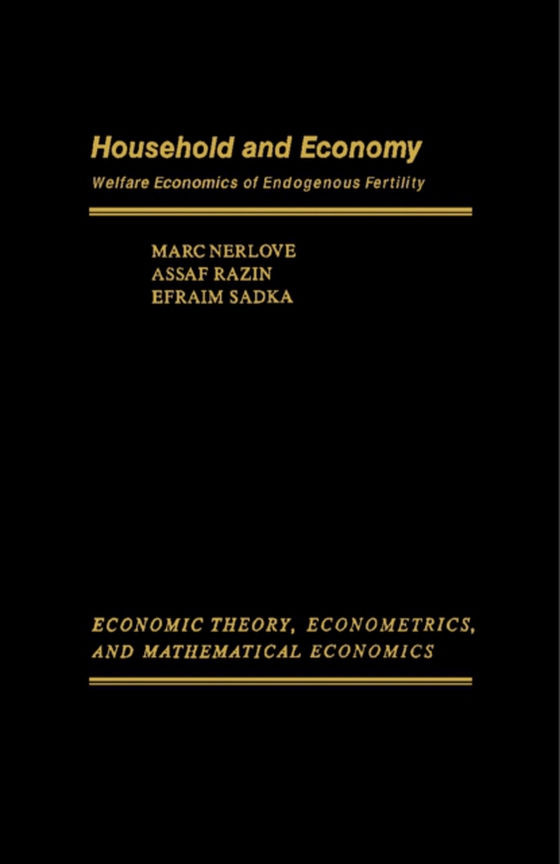
Household and Economy e-bog
278,81 DKK
(ekskl. moms 223,05 DKK)
Household and Economy: Welfare Economics of Endogenous Fertility deals with welfare economics and the socially optimal population size, as well as the social consequences of individual choice with respect to family size within each generation. The general equilibrium implications of endogenous fertility for a number of issues of population policy are discussed. In addition to their own consumpt...
E-bog
278,81 DKK
Forlag
Academic Press
Udgivet
10 maj 2014
Længde
174 sider
Genrer
Finance and the finance industry
Sprog
English
Format
pdf
Beskyttelse
LCP
ISBN
9781483274683
Household and Economy: Welfare Economics of Endogenous Fertility deals with welfare economics and the socially optimal population size, as well as the social consequences of individual choice with respect to family size within each generation. The general equilibrium implications of endogenous fertility for a number of issues of population policy are discussed. In addition to their own consumption, the number of children and the utility of each child is assumed to enter the utility function of the parents. Comprised of 10 chapters, this volume begins with a review of social welfare criteria for optimal population size and the static theory of optimal population size, optimal population growth with exogenous fertility, and the theory of endogenous fertility. The reader is then introduced to the basic principles of welfare economics and the economics of externalities, followed by a summary of the traditional theory of household behavior. Subsequent chapters focus on optimal population size according to various social welfare criteria; real and potential externalities generated by the endogeneity of fertility; and the principal alternative reason for having children: to transfer resources from the present to support the future consumption of parents in old age. The book concludes by assessing the implications of endogenous fertility for within-generation income distribution policies and reflecting on the directions in which future research may be fruitful. This monograph will be of value to economists, social scientists, students of welfare economics, and those who wish to understand the contribution of economic analysis to an improved understanding of population policy.
 Dansk
Dansk

